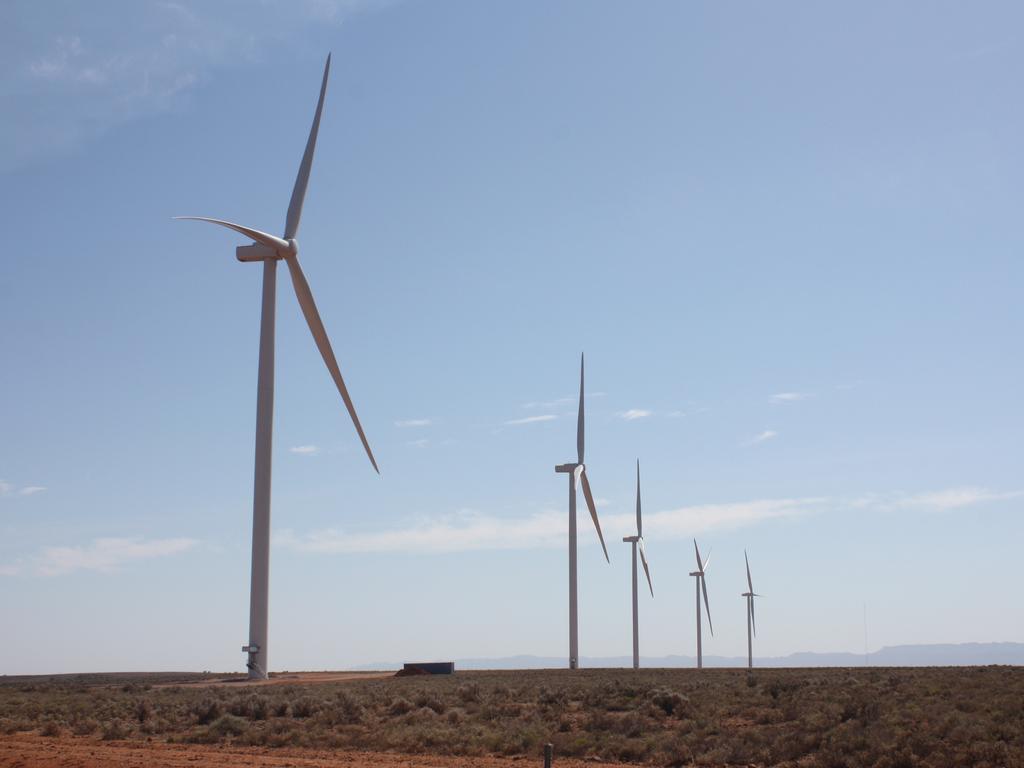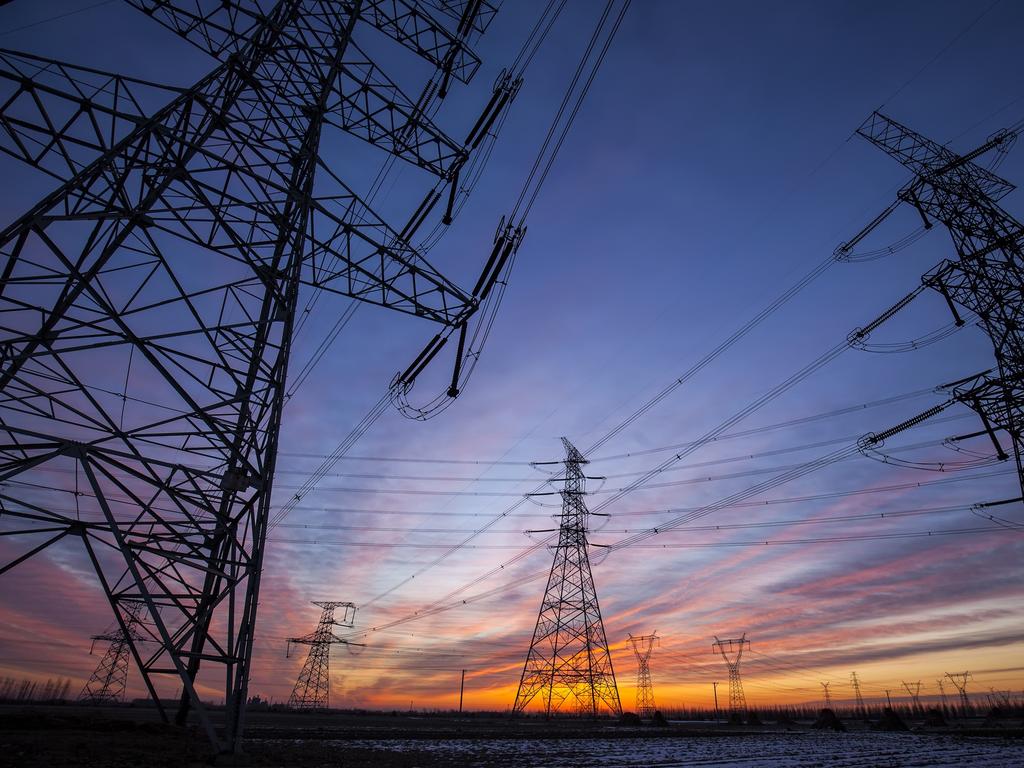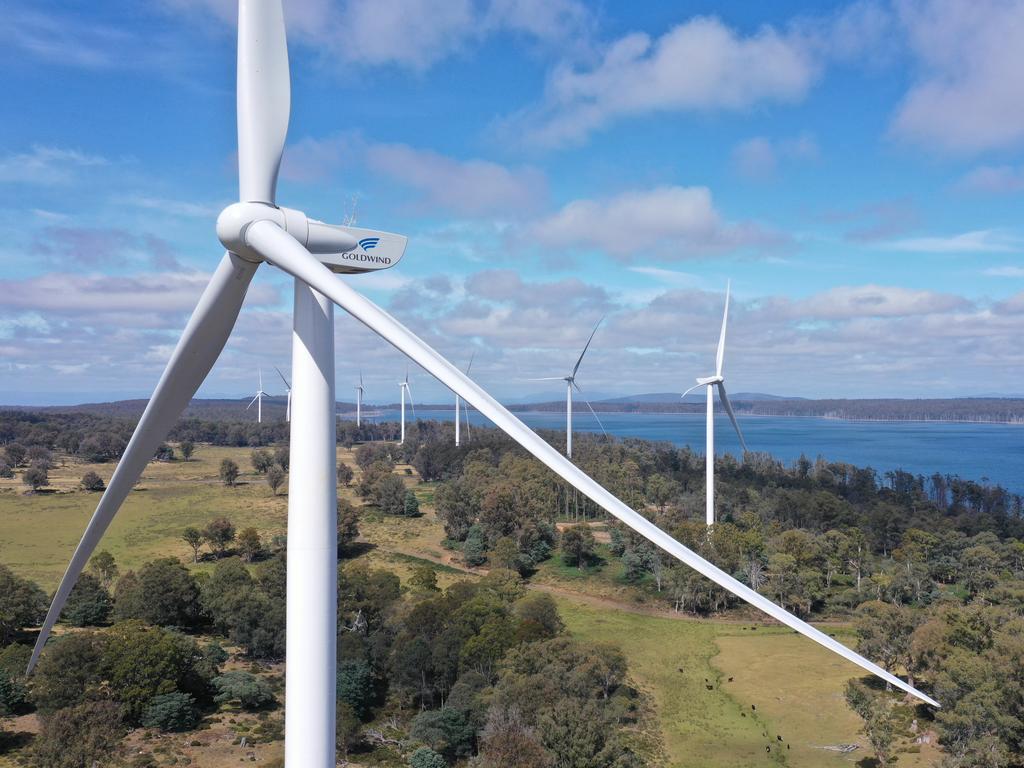‘End energy wars to keep the lights on’; Renewables surge to kill coal power
Top energy adviser says the electricity market needs urgent reform as a report warns about the security of east coast power supplies.
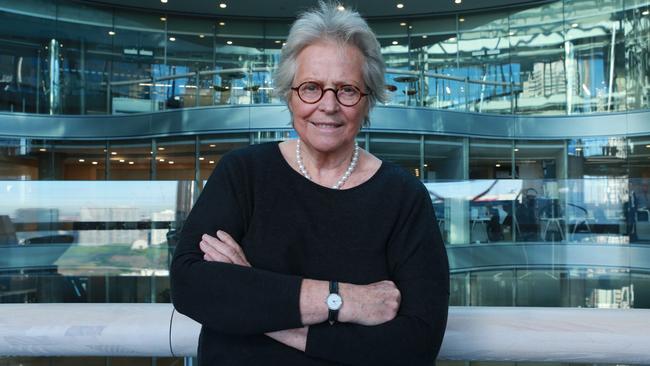
The nation’s top energy adviser has warned the electricity market needs urgent reform as a major report raises concern about the security of east coast power supplies and predicts a flood of new renewable energy will force the early retirement of coal-fired generators.
Energy Security Board chair Kerry Schott, writing in The Australian today, warns the nation must confront the impact of renewables or face higher costs, declaring warring factions in the energy debate must “calm down and get on with it’’ when it comes to rewriting the rules of a system that is “no longer fit for purpose’’.
Her comments came as an Energy Security Board report found the entry of renewables has pushed down prices and dramatically cut emissions, but a failure to deal with the entry of intermittent supply could cost the nation in the long term. The ESB said the security of power supply to the east coast market remained its “most concerning issue”.
The report on the health of the national electricity market showed the market operator was forced to intervene at record rates in 2019-20, highlighting the ongoing fragility of the system.
The Australian Energy Market Operator issued more than 250 directions — up from 158 the previous year — to energy generators and users to keep the lights on in a year when temperatures soared and bushfires raged across eastern Australia, knocking out transmission lines and putting generators under pressure.
“Security remains the most concerning issue in the NEM. Maintaining the electricity system within the required parameters for frequency, voltage, inertia and system strength becomes harder as variable renewable generation increases its presence in the NEM,” the report says.
The report says the fast uptake of renewable energy — particularly those from household solar arrays installed through incentives given by state governments — threatens to help push coal-fired power plants to early closure. The technical life of coal-fired power plants would see the last remaining coal stations operating in 2050.
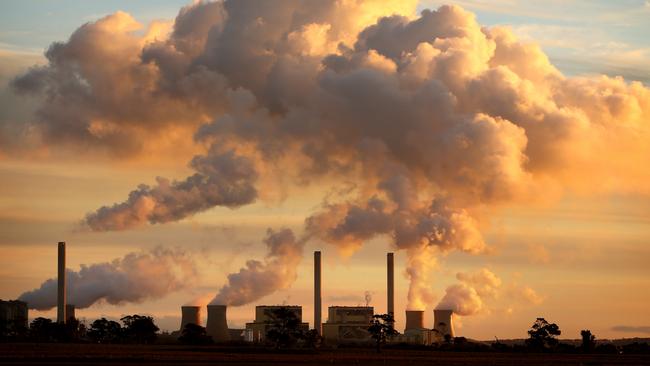
But because renewables operated without fuel costs when the sun was shining and the wind blowing, they pushed down prices, displaced coal and undercut their viability.
“Increasing penetration of variable renewable energy resources and distributed energy resources is making it more difficult to maintain security, and low wholesale prices are reducing the incentive for traditional generators to remain online at all times,” the report says. “This will ultimately influence their decision to exit, which is likely to be earlier than the technical life.”
Dr Schott said the report showed the repercussions of rapid change in the electricity system, and “highlights the absolute urgency of addressing them”. She said reform proposals which were being developed over the next few months to begin operation after 2025 needed to be adopted.
“We are concerned about security constraints in some parts of the NEM and the increasing pressure on distribution networks from growing rooftop solar penetration,” Dr Schott said.
“This, combined with growing large-scale renewable generation and low wholesale prices, means it is vital that post-2025 reforms are put in place that can work alongside government policy schemes.”
While system stability was a problem, the ESB found progress had been made with improved generation capacity (reliability), emission reduction, competition and network investment. Rapidly rising supplies of renewable energy also helped cut carbon emissions from the power system by 25 per cent since 2005 levels, and by 40 to 60 per cent by the end of the decade.
The report suggested total carbon emissions from the east coast power grid could fall by as much as 95 per cent from a peak of more than 180 million tonnes of carbon dioxide equivalent in 2010, to well below 20 million tonnes by 2041.
Despite falling wholesale prices over the past year, the ESB still rated the NEM’s ability to deliver affordable energy to consumers as “moderate to critical”.
However, Dr Schott said that rating was based on the impact of the coronavirus pandemic on consumers’ ability to pay, and was not necessarily a reflection of current or forward pricing.
Rapid adoption of renewable energy generators, and household solar panels feeding into the grid had helped push down energy prices and made power more affordable for households and businesses, Dr Schott said.
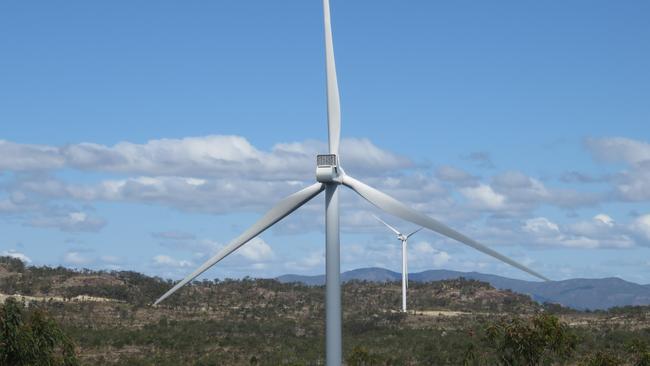
The ESB also released its latest update on the shape of the new rules for National Energy Market after 2025. It flagged firm payments for major industrial users prepared to turn off equipment at times of peak demand and the establishment of an “operating reserve market” within the NEM to ensure generators that bid into the market could deliver on promises as energy usage soars in summer.
Unreliable renewable and solar energy generators could be prevented from bidding into the national energy market’s reserve system unless then can guarantee delivery through battery or hydro backup, according to new market rules being considered for the national energy market.
The ESB will publish its proposed new design for the market in March, and its final recommendations to federal and state energy ministers by the middle of 2021. Energy Minister Angus Taylor welcomed the ESB’s report, and the latest update on new market rules, saying it showed record levels of intermittent generation, along with major thermal generator closures, demanded a clear focus on reliability and investment in reliable generation.
“The NEM is at a turning point, with expanding choices, new technologies and large-scale replacement of thermal generation needed as older power stations leave the market,” Mr Taylor said.
“Taking action now is critical and will minimise disruptions, and avoid unintended consequences. The NEM needs to adapt to address risks to reliability, security and affordability, particularly sudden, unexpected exits of thermal generators. We need long-term signals for private sector investment in reliable generation.”
Dr Schott also sounded a warning to the federal and state governments. She said decisions about the future of the NEM were “urgent”, and could not be left to wait as endless wars raged over the future of renewable energy in the market and governments went it alone on policy changes — such as battery installations, the underwriting of new power plants, or new transmission lines – without considering their impact on the broader grid.
“While some stakeholders have failed to notice the pace of changes around them, or dithered about what to do, various government interventions and policy announcements have continued,’’ she said.
“These interventions are generally designed to either speed up the transition to cleaner energy or underpin concerns about reliability, or both. As more and more governments intervene in the market, the efficient sharing of energy across borders using the interconnectors which are currently being planned becomes less likely. That’s not a good outcome for anyone.
“The longer we resist fundamental market changes, the more difficult or disorderly that change becomes. It’s time to calm down and simply get on with it.”


